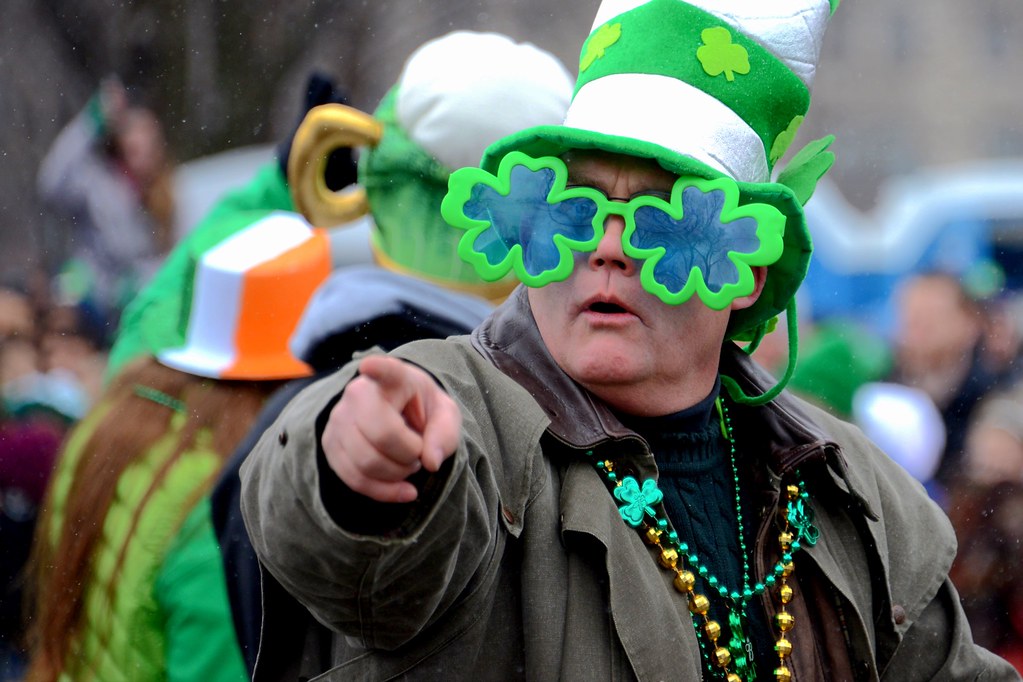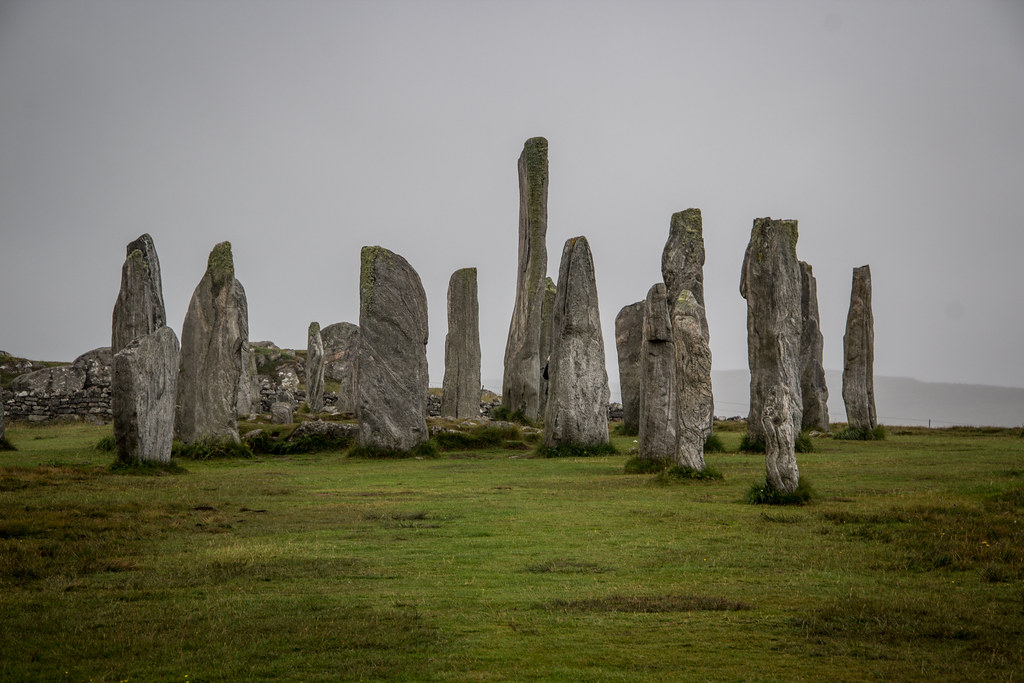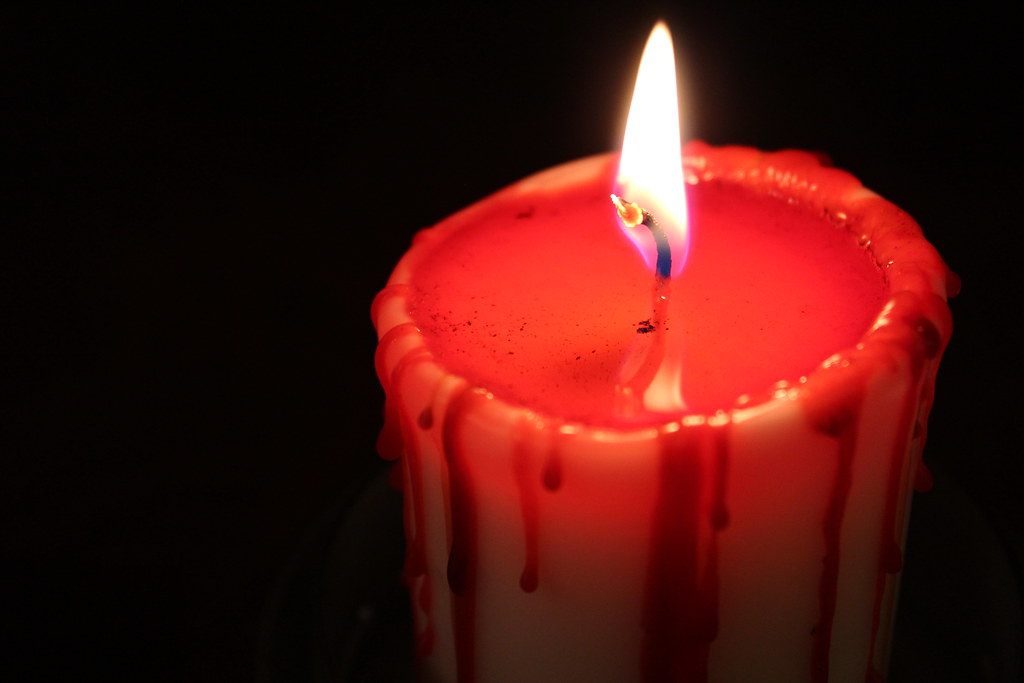
I hit a wall on January 8, 2020, but maybe that was the best thing to happen to me in a long time.
I was burned out for much of 2019. That spring, I had to suddenly find a new apartment and move after the building I lived in became a drug dealing den. I was working 50-60 hours per week and wasn’t able to take a vacation until the very end of the year. I had a lovely Christmas break. But when I started back to work in early January, I quickly became sick, and by January 8 I felt as exhausted as I had before the holiday.
I felt frustrated. When was I going to stop feeling burned out? But, since I couldn’t go back to work for a few more days, I realized I had no choice but to relax.
During that evening of frustration, something told me to listen to some Irish and Scottish folk music. Being descended from three Scottish clans, and with some of my ancestors departing County Donegal in Ireland sometime in the mid-1700s, this folk music had always felt quite special to me.
So on that night I was was burned out and feeling sick, I watched the video to “Hug Air a’ Bhonaid Mhoir,” sung by Julie Fowlis. I so wanted to be in that small intimate pub where they performed—it felt like home to me somehow. I couldn’t understand the Scottish Gaelic language Julie was singing in and yet it felt strangely familiar and comforting to me. I had no idea what the lyrics were about but they were captivating. The music put a bit of spring into my step and lifted my spirits.
Growing up, my parents generally only played classical and folk music, and Scottish and Irish folk music has often sounded like a combination of both to me. And unlike most classical and folk, this style of music has often had a beat to it. A beat something more simple, primordial, and powerful than the electronic beats that I’ve often spun for the dance floor as a DJ. A beat from the past that nevertheless made me want to tap my feet, or perhaps even dance…
I kept on wanting to hear more Irish and Scottish music that January night and didn’t have much of either music in my personal collection, so I created a Julie Fowlis Pandora channel that would introduce me to similar music. My musical tastes are all over the place and I usually like variety, but oddly enough, I kept on listening to that channel day in and day out throughout January.
While home sick that weekend, I also felt a great desire to look up Irish and Scottish spirituality on the Internet. For the last five or six years, I’d considered myself to be “spiritual but not religious.” I’d spent some years as a Pagan in the past. But I was dissatisfied with the types of pagan celebrations going on in my area at the time, so I’d drifted to other paths. After a number of years of drifting I decided I’d had enough with religion.
But now, on this January night, I was searching the Internet about Irish and Scottish paganism and the associated pantheons. Not the easiest to do since so much about this pre-Christian spiritual heritage is not written down. One of the first websites I found in my search was a Celtic Reconstructionist Paganism website. I read about how a number of people had been dissatisfied with the predominant popularized approaches to Celtic spirituality, and sought to lay the groundwork for a more historically accurate approach. Upon reading through their website, I decided I didn’t have a great desire to practice Celtic spirituality exactly as it had been practiced before Christianity took over Ireland and Scotland. But I was grateful to see that a group of people were making great efforts to uncover the true Irish and Scottish spirituality as opposed to a more romanticized version that I was seeing spring up in popular culture.

Pop culture approaches to Irish culture? I was practically immersed in such pop culture growing up as a descendant many generations removed from Scotland and Ireland kid in Chicago while surrounded people loudly identifying as Irish-Americans. Large numbers of Irish immigrants had settled in my area in the mid-1800s, and while initially people of Irish descent were widely discriminated against, they eventually prospered and for many years actually dominated Chicago politics. People of Irish descent with the last name of Daley served as mayors of Chicago for three out of my first four decades on this planet.
It seemed like every other pub in Chicago celebrated its alleged Irishness. I was bemused by the way they would dye the Chicago River green on St. Patrick’s Day. And then there were the large parades where it seemed like everybody wore green, with a buttons saying “Kiss me, I’m Irish” and four-leaf clover stickers decorating people’s cheeks.
I remember one night before a St. Patrick’s Day a friend of mine, knowing my “Mc” last name, told me, “Well I bet you’ll be celebrating tomorrow.” I replied, “Not really.” She said, “Aren’t you Irish?” I said not really, I was actually more Scottish than Irish. She looked a little confused, and I said, “I understand your confusion. Both Irish and Scottish cultures are Celtic cultures to differing degrees, and historically have spoken their own versions of Gaelic. The main difference is that we have more obnoxious bagpipes than the Irish do.”
I knew that Irish-American culture was distinct from Irish culture based on the encounters I had with people visiting from Ireland. And certainly, there were no shortage of Irish-Americans who sought more authentic representations of Irish culture. The intervening number of generations between their arrival off the boat and integration into American society would make their culture different, just as my culture is different from Scotland’s. It didn’t surprise me in the least that green beer was NOT a St. Patrick’s day beverage in Ireland. Even without knowing much about true Irish culture, it was clear to me that green beer was something only Americans could invent.

Those of us of Scottish descent had no huge parades in the area, but I’d known for years what clans I was descended from and what tartans were associated with my family. I could look up a map of Scotland and learn what parts of Scotland the three Scottish clans I’m descended from reportedly lived in the past. (I would learn later that Americans seemed to be much more obsessed with clans and tartans than the vast majority of Scots were.) Two of these clans were from the northwest part of the country which historically had a larger concentration of Scottish Gaelic speakers.
There were other interesting connections with Scotland I had been noticing over the years. I noticed that I would often really get into a musical artist and later find out they were Scottish. I was a huge fan of the Cocteau Twins for decades and saw them live twice before I learned they were originally from Grangemouth, Scotland. The band got their name from the title of a song by another Scottish band called Simple Minds. I’ve seen KT Tunstall live. Then there have been other groups I fell in love with and later learned about their Scottish origins, including Altered Images, The Beta Band, Shop Assistants, The Shamen, The Bluebells, Belle and Sebastian, Pilot, The Jesus and Mary Chain, and Primal Scream, And even the band Garbage from my adopted home state of Wisconsin who had recorded albums just five blocks from where I lived—that band wouldn’t have been anywhere near complete without Glaswegian import Shirley Manson.
And now, on this January night while recovering from illness and burnout. I was reading up—indeed, devouring—information about Irish and Scottish spirituality. I realized it was time for me to put together an altar, buy some candles, and reignite a flame that had burned out years ago. I didn’t even label this pursuit as Paganism at first. I was simply actively and voraciously pursuing something that was calling me.

I put together an altar, had my first New Moon Ceremony, and a couple weeks after that I celebrated the Irish and Scottish holiday of Imbolc and I’ve celebrated every new and full moon since then. And I have continued to read up on my Scottish and Irish heritage and participated in chat groups related to Celtic Paganism. I’ve learned just how ancient the traditions of the Irish Fire Festivals are and have read many stories of the Tuatha de Danann and the Fae.
So then, what was it about that song “Hug a’ Bhonaid Mhoir,” sung in Scottish Gaelic by Julie Fowlis, that rekindled my interest in Paganism that January night? A few months later, long after I’d re-embraced the label “Paganism,” I looked up the English translation of that song’s lyrics out of curiosity,.
The title of the song translates to “Celebrate the Great Bonnet” in English. After singing the title to the song, the lyrics go on to say “Add to it, leave it alone. More on the other bonnet. There’s not half enough on it.” And then, in another verse, “Domhnall Ban’s bonnet is to be found in Bothalam. It was as high as the roof joist, higher than the corn-stack frame.”
Strange lyrics—what was with the obsession with bonnets?
I couldn’t find any other reference to Bothalam, but I did find out that Domhnall Ban was a reference to Donald III, king of Scotland from 1093-94 and 1095-97 CE. He was the son of King Duncan, the king killed by Macbeth in 1040. He was also the brother of Malcolm III, who killed and then succeeded Macbeth as king.
But what about the bonnets? I stumbled across the answer by accident several months later while watching a video about Scotland’s Pagan past.
This video told of a celebration where the whole community gathered around a fire. They made oatmeal cakes of equal size by the fire. The number of cakes would equal the number of members in the community, and one of the cakes (actually looking like thick scones) was blackened with charcoal. These cakes were put into bonnets so that people could take one out the bonnet as if drawing lots. Whoever drew the blackened piece was reportedly to be sacrificed to Baal. It’s debated whether such sacrifices actually occurred or if they were symbolic by nature. But in any case, the custom in later years involved jumping over the Bealtainn fire three times.
Bealtainn, of all things! That Julie Fowlis song that charmed me like a Pied Piper back into Paganism and Celtic culture was a song about Bealtainn! And I discovered this almost by accident several months after returning to Paganism. It seems only appropriate that a Bealtainn song would be calling out to me in Wisconsin’s January weather. Here is the song below:

1 thought on “Bealtainn calling January: How my Scottish heritage charmed me back to Paganism”